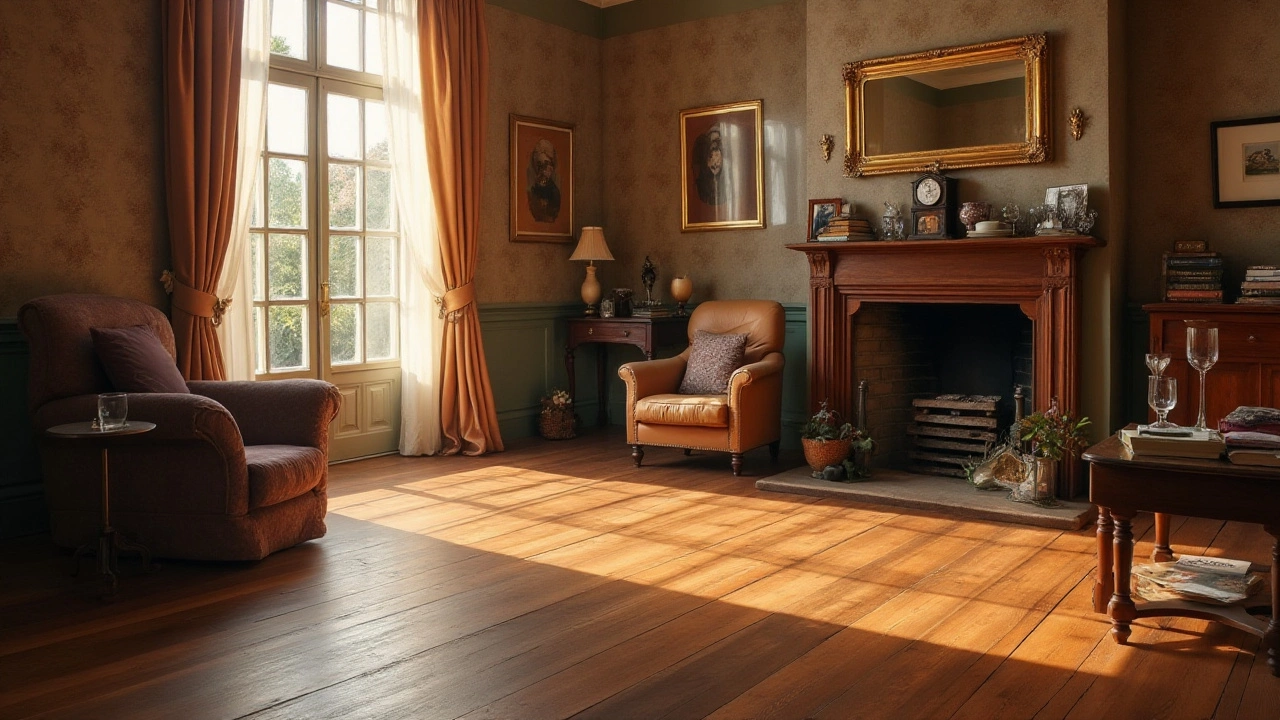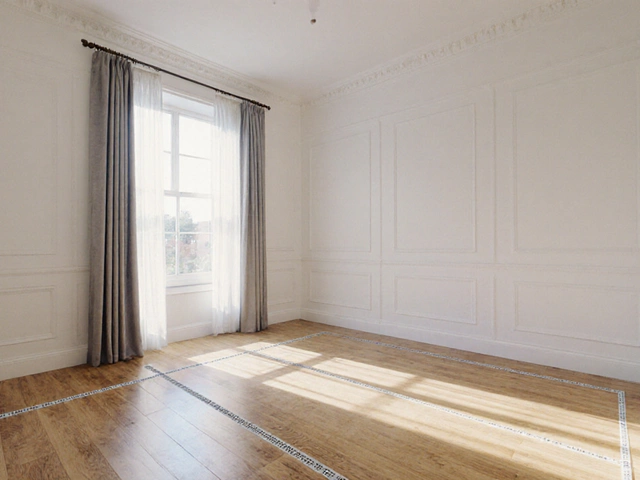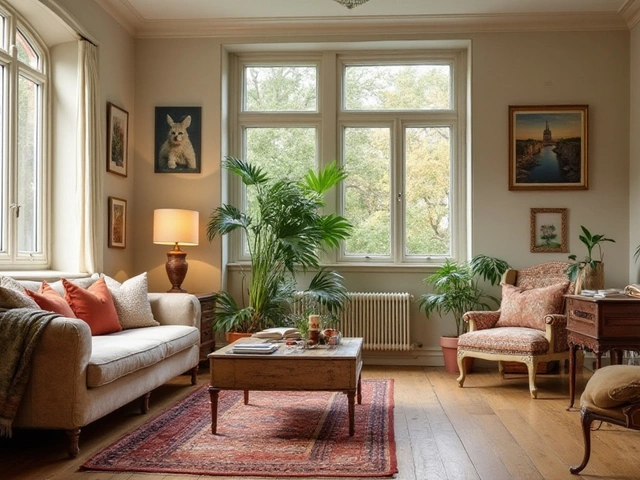Classic Wood Hues – Timeless Color Ideas for Your Home
Wood tones have a natural charm that never goes out of style. Whether you love light oak, rich walnut, or soft pine, the right hue can make a room feel warm and inviting. The trick is to choose shades that complement your existing pieces and add a subtle layer of depth. Below you’ll find easy ways to bring classic wood hues into any space without over‑complicating things.
Why Classic Wood Hues Work
First off, wood reflects light in a way paint alone can’t. A light maple floor brightens a small room, while a dark cherry wall adds drama to a larger area. The grain pattern also adds texture, so you get visual interest without needing extra décor. Because wood is a natural material, it pairs well with almost any color – from crisp whites to bold navy.
How to Use Classic Wood Hues in Every Room
Living room: Start with a neutral sofa and add a coffee table in a medium walnut finish. Throw in a few pine side tables for contrast. If you want a pop of color, choose a rug that picks up the undertone of the wood, like a dusty green that echoes the grain.
Bedroom: A light oak headboard creates a relaxed backdrop. Pair it with crisp white bedding and a dark walnut nightstand. Keep accessories simple – a linen throw or a brass lamp adds the finishing touch without stealing the wood’s spotlight.
Kitchen: Cabinets in a classic cream or soft gray look great with a warm walnut countertop. If you prefer an open look, expose the natural pine under a clear finish. Add a few open shelves in the same wood to display dishes and keep the feel cohesive.
Bathroom: Choose a teak vanity for a spa‑like vibe. Pair it with stone tiles in cool tones to balance the warmth. A mirror with a simple wooden frame ties the look together without feeling heavy.
When picking a wood hue, think about the room’s lighting. Sun‑filled spaces can handle darker woods; dimmer rooms benefit from lighter tones. Test a small board against the wall before committing to a full floor or large piece.
Finish matters too. Matte finishes hide scratches and give a modern edge, while polished surfaces highlight grain and bring a touch of luxury. Choose based on how much traffic the furniture will see and the overall style you’re aiming for.
Finally, don’t forget accessories. Simple metal handles, woven baskets, or a green plant can soften the wood and add layers of interest. The goal is to let the wood be the star while supporting it with subtle, complementary details.
In short, classic wood hues are a flexible tool for any décor style. By mixing light and dark tones, paying attention to finish, and adding a few thoughtful accessories, you can create a space that feels both timeless and personal. Start small, experiment, and watch how a single wood piece can change the whole room’s vibe.






